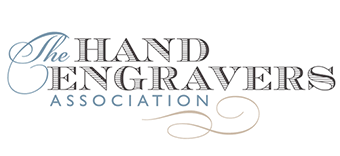Engraving on clocks and watches
Until the introduction of japanned dials on some English country clocks in the later 18th century, hand engraving constituted an integral part of every English clock and watch made. Not only were all hour, minute and seconds numerals deeply cut into their dials or ‘chapter rings’ (and usually filled with wax for the sake of contrast), but many dial centres were enlivened with a riot of glorious engraved decoration. Similarly most spring clock back-plates, gold and silver watchcases, and even the finely pierced ‘cocks’ that protected the watch balances, were also exquisitely engraved.
It is no wonder that when the Worshipful Company of Clockmakers of London was founded under a Royal Charter of 1631, it was granted power not only to control the trades of clock, watch, sundial and mathematical instrument making in the City, but also that of engraving. Many specialist engravers joined its ranks, or were trained under its auspices, their skills being constantly enriched by a continuing influx of Huguenot engravers from Europe, such as the great Simon Gribelin.
As the 18th century progressed and the 19th century dawned, London clock and watchmakers gained a reputation for the quality and precision of their work, seldom matched elsewhere. By the mid 19th century, marine chronometer-making alone employed tens of thousands of specialist part makers and highly skilled artisans such as engravers, clustered just north of the City, in Clerkenwell.
Ultimately, the London makers’ dogged refusal to adopt industrial methods led to the decline of their trade. But gradually in the 20th and 21st centuries, artist-craftsmen throughout Britain have revived and honed the lost skills, and once again the very best engravers are called upon to embellish their work.
Words by Sir George White Bt, Consultant Keeper of the Clockmakers’ Museum, London

